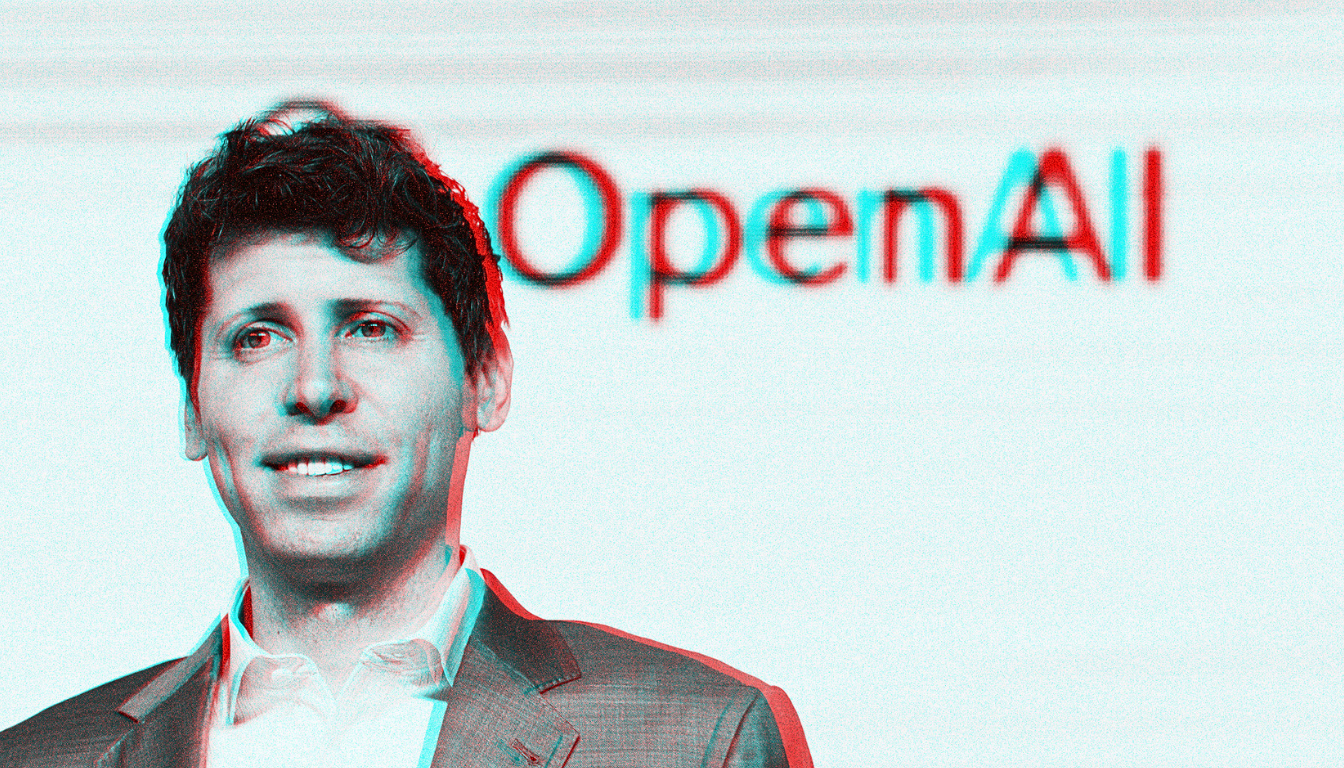Imagine stumbling upon a video so convincing you can’t tell it’s fake. Deepfake technology is turning this scenario into a new norm, reshaping how we consume information and interact with media.
Understanding Deepfakes
Deepfakes are AI-generated manipulations of audio, video, or images that create hyper-realistic but false representations. These creations use machine learning to study and mimic real-world behaviors, voices, and appearances. They aren’t just theoretical anymore. Their presence is reshaping media, politics, and personal lives in ways that are both fascinating and alarming.
The Rapid Evolution of Deepfake Technology
When deepfakes first emerged, they were niche and amateurish, limited to hobbyists or tech enthusiasts. Now, tools like deep learning frameworks and open-source software make high-quality deepfake production accessible to almost anyone. This acceleration means fakes are becoming harder to detect, outpacing the methods designed to counter them. Videos, speeches, and interviews can now be convincingly altered with minimal effort, eroding our ability to trust what we see and hear online.
The Risks and Challenges of Deepfakes
Deepfakes are not just a technological novelty. They introduce real-world risks across industries and communities.
In media and politics, they act as engines of misinformation. Fabricated videos of public figures endorsing false narratives can influence elections, incite unrest, and erode trust in democratic systems. The speed at which these videos spread on social media amplifies their impact, making corrections or clarifications almost futile once the fake has gone viral.
On a personal level, deepfakes are used in malicious ways, such as creating explicit content without consent. Women, in particular, have been targeted by deepfake pornography, leading to lasting emotional and reputational harm. These incidents reveal the darker side of technology, where innovation becomes a weapon for exploitation.
Businesses and organizations also face threats from deepfakes. Fraudsters use them for voice phishing, impersonating executives to authorize fraudulent transactions. In cybersecurity, deepfakes blur the line between real and fake, making it harder for systems to authenticate legitimate communications.
Can AI Technology Solve the Problem?
The same artificial intelligence that powers deepfakes is also being used to combat them. Researchers are developing AI-driven detection tools capable of identifying inconsistencies in deepfake content, such as unnatural blinking or mismatched shadows. These tools, while promising, face an uphill battle against ever-improving deepfake algorithms.
Big tech companies are investing heavily in detection initiatives. Google and Facebook are funding research to identify and flag deepfakes across their platforms. However, these efforts require constant updates to keep up with the speed of technological advancement. The arms race between creators and detectors of deepfakes shows no signs of slowing down.
The Role of Awareness and Policy
Technology alone can’t solve the deepfake dilemma. Public awareness plays a crucial role in mitigating its impact. As deepfakes become more prevalent, educating people about their existence and potential misuse can help foster skepticism and encourage critical thinking when consuming digital content.
Legislation is another critical piece of the puzzle. While some countries are enacting laws to criminalize malicious deepfake use, global consensus remains elusive. Laws must address both the creators and distributors of harmful deepfakes while balancing freedom of expression. Without clear guidelines, the legal system risks falling behind, leaving individuals and businesses vulnerable to exploitation.
How Will We Respond? The Future is Up to Us
Deepfakes force us to question the authenticity of digital media. The rise of this technology highlights the need for a broader discussion about trust in the digital age. How we respond will determine whether deepfakes remain a threat or evolve into a tool for innovation. Public discourse, policy-making, and technological advancement must align to address this challenge effectively.



